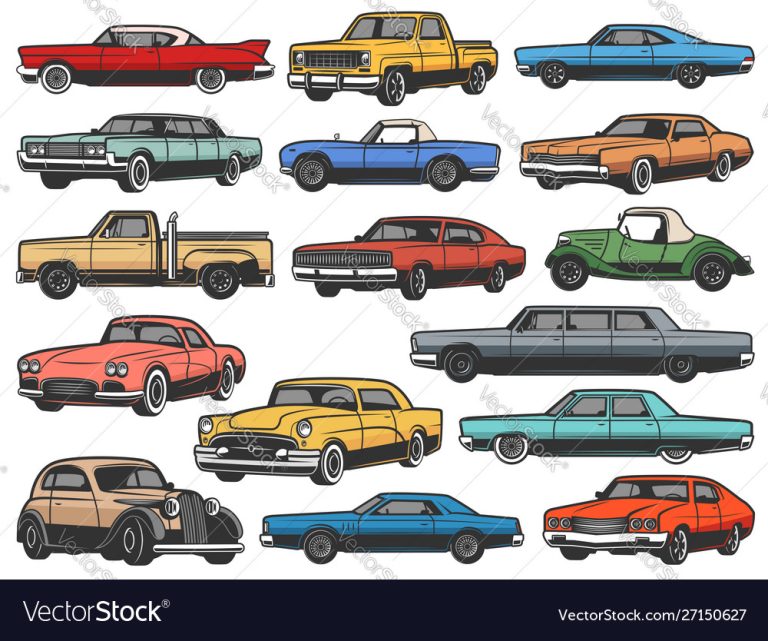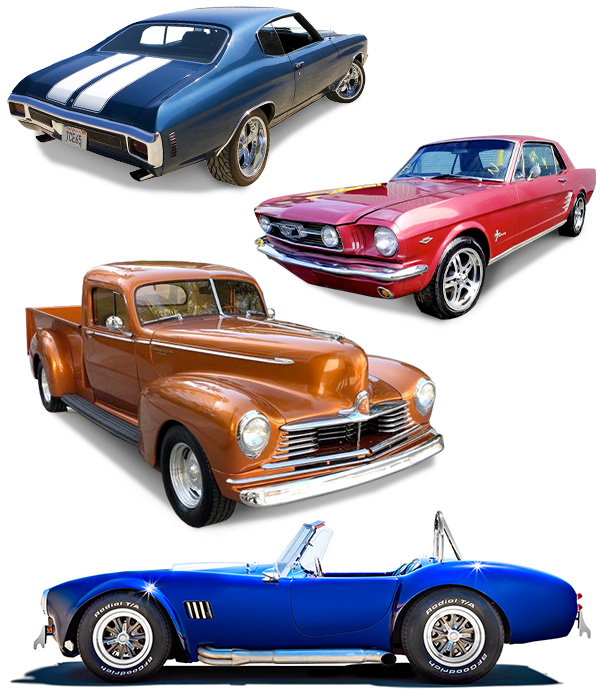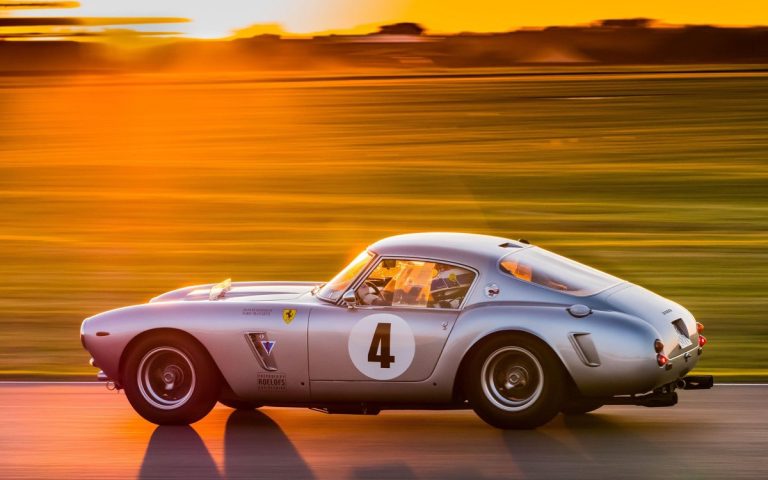
A Timeless Symbol
The automobile has come a long way since its invention in the late 19th century. From the early, rudimentary models to the more advanced designs of the 20th century, classic cars have become iconic symbols of the automotive industry. Vintage models, produced before the 1950s, are considered to be the most iconic and sought-after classic cars, such as the Ford Model T, the Chevrolet Bel Air, and the Volkswagen Beetle. Meanwhile, modern classics, produced after the 1950s, include the Ford Mustang, the Chevrolet Camaro, and the Porsche 911. As the demand for classic cars has increased, the automotive industry has responded by producing more modern classic cars that are designed to look like vintage models, often referred to as “retro” or “neo-classic” cars.
Classic cars have a timeless allure, often evoking nostalgia for a simpler time. They are beloved by car enthusiasts of all kinds, from collectors who aim to preserve them in their original condition, to restorers who take pride in bringing them back to life, to those who simply enjoy the thrill of driving them. This demand has led to the growth of the classic car market, making classic cars more accessible than ever.
There are many iconic classic cars that have become synonymous with the classic car world. The Volkswagen Beetle, for example, is perhaps the most iconic classic car of all time, and has been featured in films such as The Love Bug, Herbie Goes Bananas, and The Fast and the Furious franchise. Similarly, the Ford Mustang has been featured in films such as Bullitt, Gone in 60 Seconds, and The Fast and the Furious franchise.
Classic cars have come to be associated with certain lifestyles and eras, and have been used to convey different messages and ideas. They represent freedom, independence, and the pursuit of the American Dream, as well as different cultures and eras. All in all, classic cars are timeless symbols of the automotive industry, and their iconic status has been further cemented by the growth of the classic car market.

Revitalizing Mechanics
Revamping classic cars is an exhilarating and gratifying process. It involves taking a car that may have been around for decades and transforming it into something that looks and drives like it just left the showroom. This process typically involves upgrading the engine and suspension, as well as constructing custom-made components to boost the car’s performance and aesthetics.
Engine updates are usually the initial step in modernizing a classic car. This can range from swapping out the original engine with a more powerful and efficient one to adding performance-enhancing parts like turbochargers and nitrous oxide systems. Aside from engine upgrades, suspension upgrades can also improve the car’s handling and performance. This can involve replacing the original suspension with a modern one, or adding components such as air or coil-over suspension systems.
Another essential part of modernizing classic cars is designing custom-made components. This can involve anything from creating and fabricating custom body panels to crafting custom-built exhaust systems. The advantage of using modern materials and technologies is that it enables more precise and accurate fabrication of components, as well as the ability to construct components that are lighter and stronger than their original counterparts.

Obtaining Necessary Parts
When it comes to DIY car projects, having the right parts and materials is key. Research online and use local resources to find what you need. Depending on the project, you may need to purchase new or used components.
New parts are usually more reliable, and you can be sure they are in good condition. However, they may be more expensive and hard to find. Used parts are often cheaper, but you should inspect them carefully to make sure they are still in good shape.
When looking online, search for reputable suppliers with a wide selection of parts and materials. You can also join forums and groups dedicated to custom car projects to ask for advice and suggestions. Additionally, don’t forget to check out local resources like auto parts stores and junkyards.

Discovering the Ideal Vehicle
When it comes to buying a classic car, it is essential to take your time and conduct the necessary research to make sure you secure the ideal car for your requirements and budget. Start by understanding the various types of classic cars available. Popular brands and models include the Ford Mustang, Chevrolet Camaro, Pontiac GTO, and Dodge Charger. Consider the engine size, age, and condition of the car you are interested in. Additionally, be aware of the costs associated with owning a classic car, such as insurance, registration, and maintenance.
Investigating Ownership History
Before making a purchase, it is important to research the car’s ownership history to guarantee you are getting a dependable and safe vehicle. Find out who previously owned the car and research any potential problems with the car’s title. Additionally, check the vehicle’s service records to make sure it has been properly maintained.
Evaluating the Vehicle
When assessing a classic car, it is important to evaluate the car’s overall condition and inspect it for rust. Examine the engine and other mechanical components to ensure they are in good working order. Moreover, understand the market value of the car. Research the current market value of similar cars to guarantee you are getting a reasonable deal.
Visual Examination
When inspecting a classic car, it is essential to inspect the car’s body and interior, as well as check the tires and brakes. Additionally, take the car for a test drive to make sure it is functioning properly and to get a sense of how it handles. Furthermore, look for any signs of rust or damage that could indicate potential problems.
In conclusion, it is important to take your time when buying a classic car. Do the essential research and take the car for a test drive to make sure it is the right car for you. Moreover, investigate the car’s ownership history and understand the market value of the car to make sure you are getting a fair deal.
